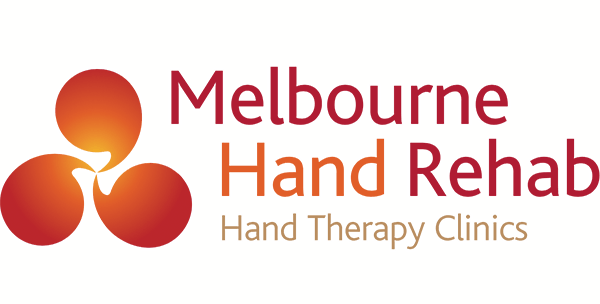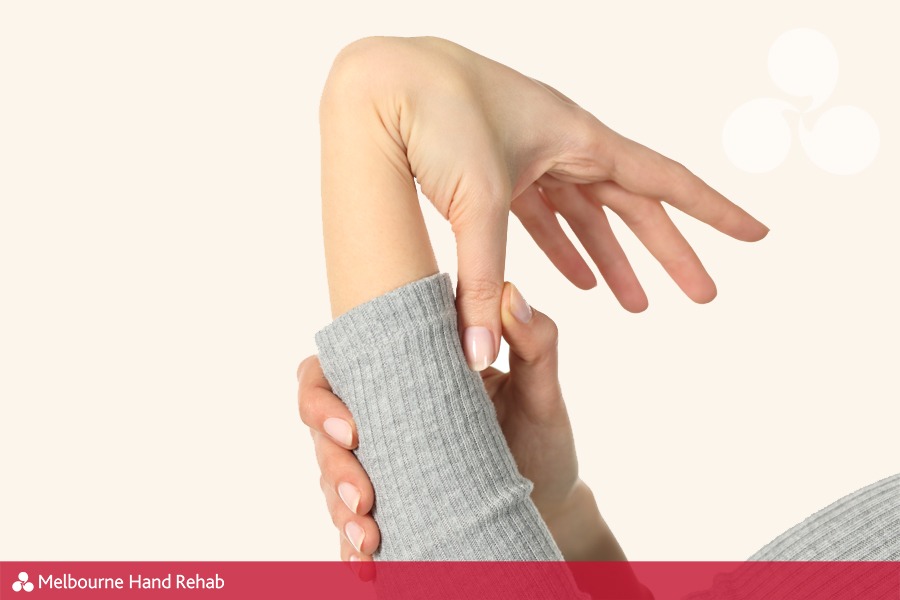
24 Mar So you think you are double jointed?
Everybody knows at least one person who has said their fingers are ‘double jointed’ and if you don’t, it’s because you’re the one that says it!
Well, I hate to be the bearer of bad news, but there’s actually no such thing as being ‘double jointed’. What many people are referring to is actually something called ‘hypermobility’.
What is hypermobility?
A hypermobile joint is one that is able to move beyond the normal range of motion. This occurs when the ligaments or tissues holding your finger together are loose, or if the muscles around your finger joints are weak.
Other names for double jointed that are commonly used are joint laxity, or loose joints.
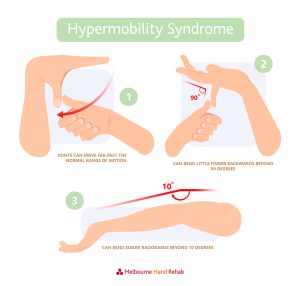
Some people are born with hypermobile fingers, but it can also develop after sustaining certain injuries, such as damage to ligaments around the joint. These could happen if you slam it on the table by accident, or jam your finger in the door or by a ball during sports.
When this happens, there is a potential that it can develop into a finger ‘deformity’ over time. Your finger may become fixed in a poor position and this makes it trickier to use. Common deformities can include a swan-neck deformity, or a boutonniere deformity.
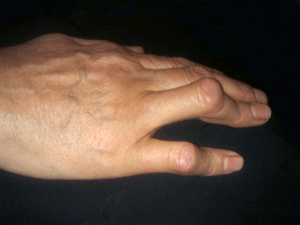
An example of a Boutonniere finger deformity.
What are the risks or problems associated with hypermobility?
Having hypermobile joints doesn’t always pose a problem. Often if you are born with them they won’t cause you any difficulties.
However, they can put you at a higher risk of joint dislocations, and other injuries. These can limit your hand function long term. Sometimes they can cause pain or stiffness (especially with use throughout the day), or even a ‘clicking’ in your fingers and hands that can be similar to what we may hear or feel when bending our knees or other joints.
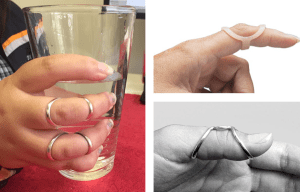
Examples of ‘silver ring’ and ‘oval 8’ splints which help limit movement in the finger and thumb joints.
What can you do about a hypermobile joint?
If you’re concerned about having ‘double jointed’ or hypermobile joints, please book in with one of our hand therapists and we would be happy to discuss this with you.
If you are experiencing hand, thumb or wrist pain, don’t hesitate to get in touch. We’d love to help you.
BOOK AN APPOINTMENT
For more information, call us directly on 03 9458 5166
